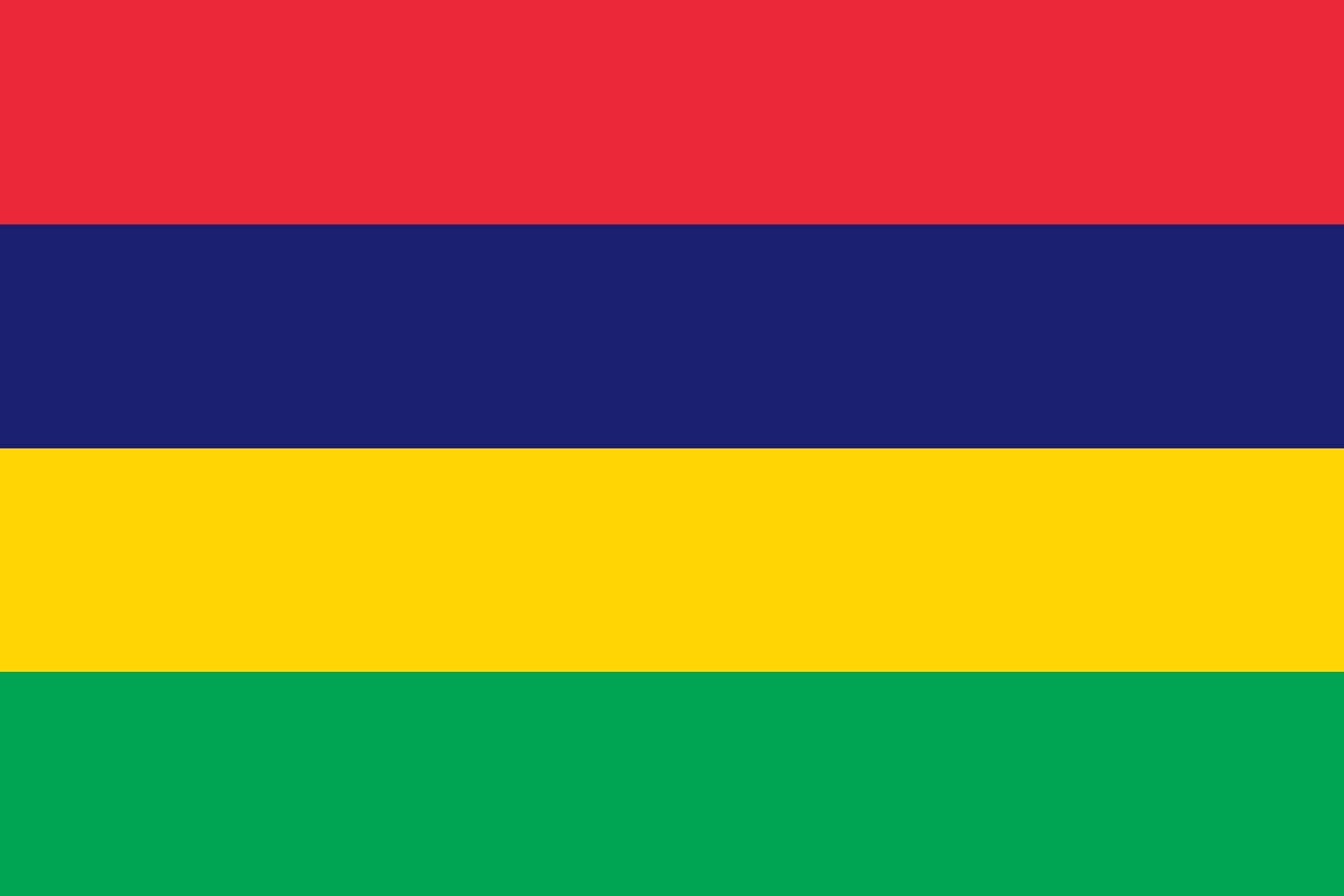
Early history and colonial administration
Mauritius was long uninhabited, though it was probably known to Arab seafarers from the 10th century or earlier. It was visited by the Portuguese in the early 16th century, but they did not settle the island. The Dutch took possession of it from 1598 to 1710, called it Mauritius for the stadhouder (governor) Maurice of Nassau, and attempted to settle the island in 1638–58 and again in 1664–1710; abandoning their attempts, they left it to pirates. In 1721 the French East India Company occupied Mauritius, which was renamed Île de France. Settlement proceeded slowly over the next 40 years. In 1767 the French crown took over the island’s administration from the French East India Company. The French authorities brought African slaves to the island and established sugar planting as the main industry, and the colony prospered.
At the beginning of the 19th century, when England and France were at war, privateers based on Île de France were a continual threat to British and Indian merchant vessels. In 1810 the British captured the island, and, upon restoration of peace in 1814, British sovereignty was confirmed by the Treaty of Paris. The name Mauritius was reinstated, but, in circumstances quite unique for a British colony, the customs, laws, and language remained French.
Pressure generated by the British abolitionist movement ended slavery there in 1835, and slaves were replaced by indentured labourers from India. The country’s modern-day Indo-Pakistani population stems from this program of replacing slavery with indentured servitude (deemed Britain’s “Great Experiment”); by the time it ended in the 1920s, almost a half million indentured labourers had come from India to work on the sugar plantations.
Mauritius prospered in the 1850s, but competition from beet sugar caused a decline. The malaria epidemic of 1866–68 drove shipping away from Port Louis, which further declined after the opening of the Suez Canal in 1869. During World War I, when sugar prices rose, the economy prospered, but the Great Depression of the 1930s changed the situation drastically, culminating in labour unrest in 1937. World War II did not improve the Mauritian economy, and after 1945 economic reforms were introduced. Political and administrative reforms were also initiated, which led to independence.
In 1965 Britain transferred one of Mauritius’s outlying territories, the Chagos Archipelago (including the Diego Garcia atoll), to a newly created administrative unit, the British Indian Ocean Territory. In the following years the inhabitants of Chagos were resettled, most of them moving to Mauritius, and a joint British-U.S. military facility was constructed on Diego Garcia.
